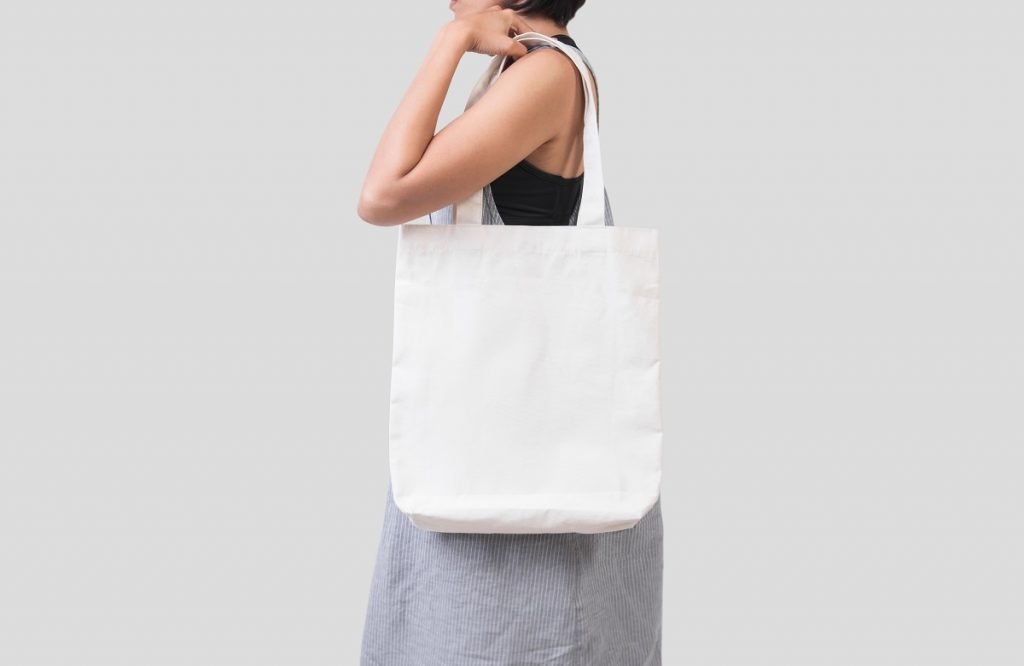Plastic is a modern problem everyone is aware of but hasn’t found a solution for yet. That’s not to say we haven’t tried. One of the biggest things we’re looking at right now is a biodegradable plastic, packaging that can decompose like organic materials once we’re through with them.
Biodegradable plastic would keep the same strength and stability we associate with regular plastic, but it can also degrade once exposed to the elements like paper packaging will. The question is, does it work this way? And if it doesn’t, what can we do about it?
What Are They Made Of?
Biodegradable plastics can be made of anything that can be broken down and decomposed after they’ve been used. Some of them are extracted from plant matter like starch or corn, while others are made with microorganisms that bond with other materials. Some plastics are made from a combination of materials for easier disposal and use.
Types of Biodegradable Plastics
While you might have heard of the term “bioplastic”, “biodegradable plastic”, and “compostable plastics” being used interchangeably, they aren’t the same thing. Because there aren’t a lot of guidelines set up that plastic molding companies can use, these terms can be easily confused by an average consumer.
If you’ve ever seen these labels, here’s what they mean:
- Oxo-degradable plastics – plastics that degrade faster with exposure to sunlight and oxygen. However, these aren’t made from actual organic materials, so even when they break down, they simply break down into smaller plastics.
- Bioplastics – made with organic-based polymers. However, depending on the exact composition of the bioplastic, they may or may not be biodegradable at all – the only difference is that they were made from mostly organic components.
- Compostable plastics – plastics that break down into their base parts when exposed to a precise blend of temperature and different chemicals. This is the closest you can get to a real “biodegradable plastic”.
The Biodegradable Plastic Controversy

There are two issues here that cause so much friction with biodegradable plastics.
One is that since there’s so much leeway to classify what a “biodegradable plastic” is, the burden falls on the consumer and the company to properly categorize what they’re using. Failure to do so isn’t just false advertising. It violates regulations put in place by organizations such as the Environmental Protection Agency.
The second is that while true biodegradable plastic exists, there has to be an equal push to lessen the use of conventional plastics alongside them. While some examples of this already exist (such as forcing consumers to use biodegradable plastics in place of conventional ones) there’s still much work to be done for the changes to take on a more significant scale.
However, there’s a very good reason to still hope for the future of biodegradable plastic. As regulation catches on and more technology and materials become available, conventional plastic may be a thing of the past. Both manufacturers and consumers will need to do their part in assuring a more environmentally-friendly world, which can still use materials, like plastic, without causing harm.

